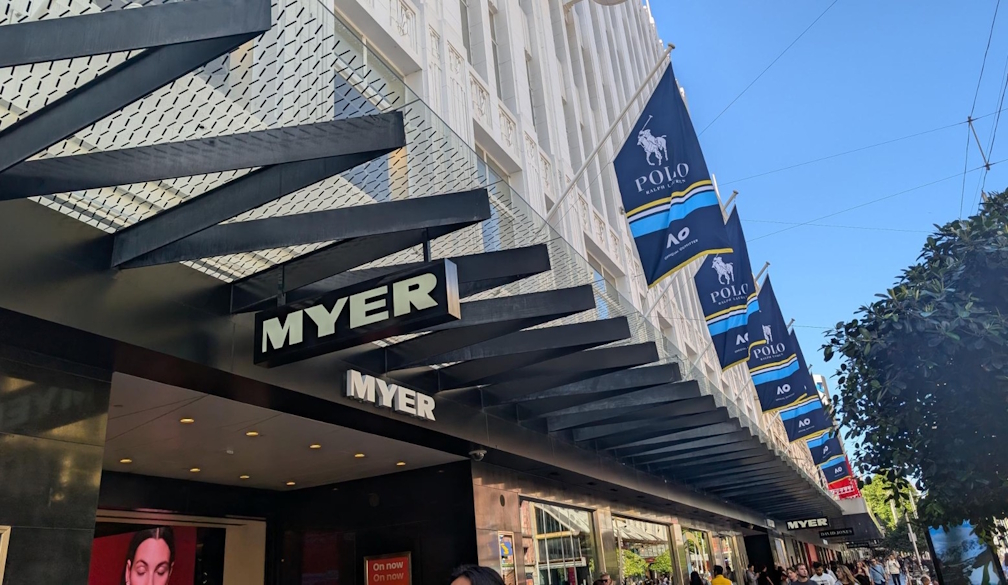MYER one expands to leading global retailer JD Sports Australia
- Written by Times Media

JD Sports Australia is joining forces with the Myer Group in a new strategic partnership that will see the leading sneaker and sportswear retailer adopting MYER one as its loyalty program.
From today, MYER one will be extended to JD Sports’ 67 stores nationwide, with members able to earn and redeem MYER one points in store.
MYER one members will earn two points per dollar spent across JD Sports stores and can redeem rewards across the entire MYER one ecosystem and JD Sports.
The partnership represents a new chapter for MYER one, capping off a year of strong growth for the program as Myer continues to focus on engaging a new generation of customers, particularly in the youth apparel category.
Myer executive chair Olivia Wirth said the new partnership reflected the strength and growing appeal of the MYER one program.
“We know our MYER one members want new ways to earn and redeem. Sneakers and sportswear are a key category for a younger and growing segment, so JD Sports is a perfect fit,” Ms Wirth said.
“The expansion of the Myer one program is a key pillar of our strategic growth plan. This new partnership will cement MYER one’s status as Australia’s leading premium retail loyalty program, expand MYER one, increase engagement and bring in new members to the program,” Ms Wirth said.
“The new partnership will connect JD Sports customers with MYER one’s 4.8m active members, who drive more than 80 per cent of annual sales for the Group.
JD Sports APAC CEO Hilton Seskin said: “MYER one has a significant and engaged existing membership base, and we look forward to helping the program connect to a young and fast consumer that JD is famous for.”
Myer also recently expanded its strategic partnership with Virgin Australia’s Velocity loyalty program, enabling members of the program to redeem their Velocity points in-store and online at Myer, while also earning MYER one points.














